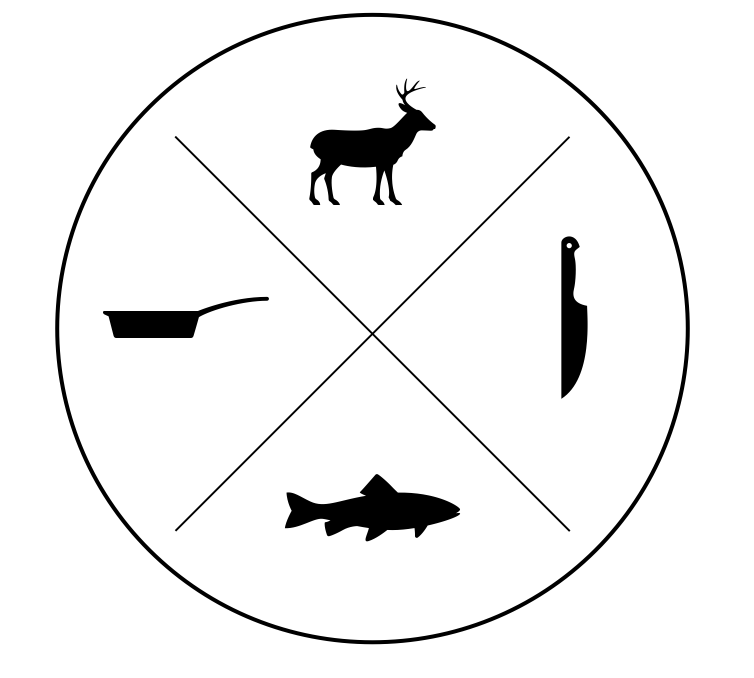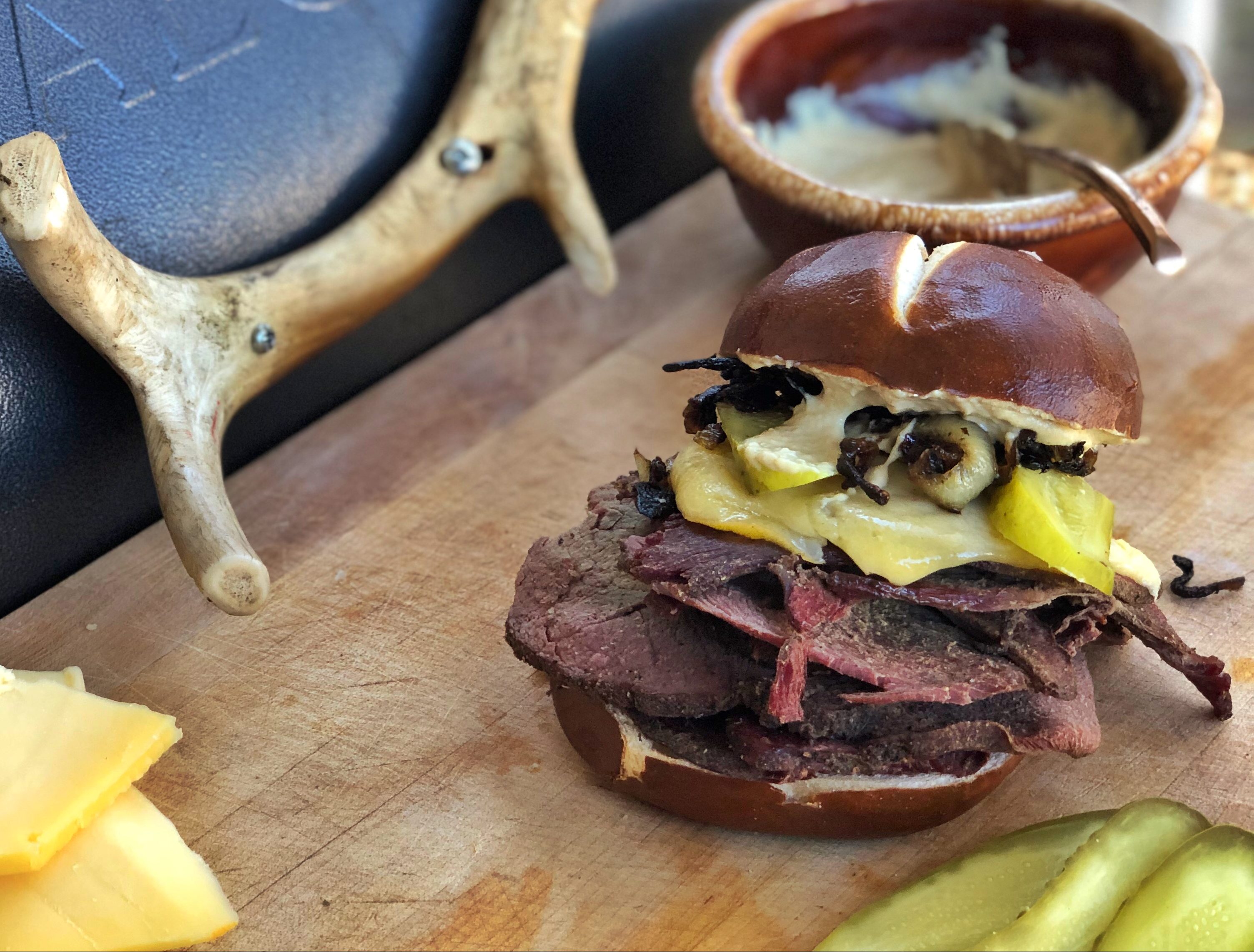Charcuterie
<p style="text-align: left;">Charcuterie is a branch of gastronomy largely neglected in American kitchens, but it is not absent from our young country’s culinary history. The craft of charcuterie was a common part of everyday life in America before it was caught up and swept away in a wave of revolutionary changes brought about by the industrial revolution.</p> In an era before the advent of refrigeration it was a way to preserve meat and a method that allowed butchers to utilize of every last scrap of an animal in a world where nothing went to waste. Good charcuterie harkens back to a pre-industrial America when smoke houses and larders were as common and indispensable as the hearth itself. On the early America frontier for example, charcuterie methods were in used not only by the the cooks who prepared the meat but by the hunters charged with procuring it. When famed frontier hunters like Daniel Boone and Davy Crockett hoisted hulking bear hams upon their beasts of burden that had been packed with salt to prevent spoilage during the long haul to the homestead or market, they were in effect dry curing the meat, a practice that constitutes a foundational step of the process we call charcuterie. When William Tecumseh Sherman marched southeast toward Savannah after laying waste to Atlanta during America’s bloodiest of wars, his troops waged a type of scorched earth warfare that included—among many other destructive tactics—the pillaging of Southern foodstuffs, and nearly every plantation and rural farmstead that his “foraging detachments” encountered featured smoke houses used to make charcuterie. Indeed, Union soldiers on Sherman’s March to the Sea were at least partially sustained by Southern charcuterie. And while the rations of Confederate soldiers were notoriously sparse and sometimes nonexistent, fighters on that side of the conflict were always happy to receive their share of salt-cured pork in those rare instances when it actually arrived. Charcuterie is a culinary craft borne of necessity, the necessity to preserve the shelf life of meat, which was considered a scarce and valuable commodity in the pre-industrialized world. While many of the conditions that forced it into existence have now fallen to the wayside, the craft itself remains in tact, and it is apparent now, more than ever, that in addition to preserving meat, charcuterie methods, when properly executed, can greatly enhance both its flavor and its quality.
-
Recipe: How to Make Summer Sausage
A common staple among small butcher shops and wild game processors alike, summer sausage is one of the most common type of venison charcuterie consumed in the U.S. This is how make yourself.
-
How to Make Venison Pastrami
Over the past couple years, I've taken to saving at least one large roast from my venison hindquarters for the explicit purpose of pastrami making. This year it was a five pound roast taken from a Kentucky-harvested whitetail.
-
Loukaniko: A Recipe for Traditional Greek Sausage from Venison and Pork
A step-by-step guide to making Loukaniko: a traditional Greek sauage from venison and pork.
-
Venison Liver Pâté: A Beginner’s Guide
When properly cared for and prepared, your deer, antelope, elk, or moose liver can become a thing of true beauty.




